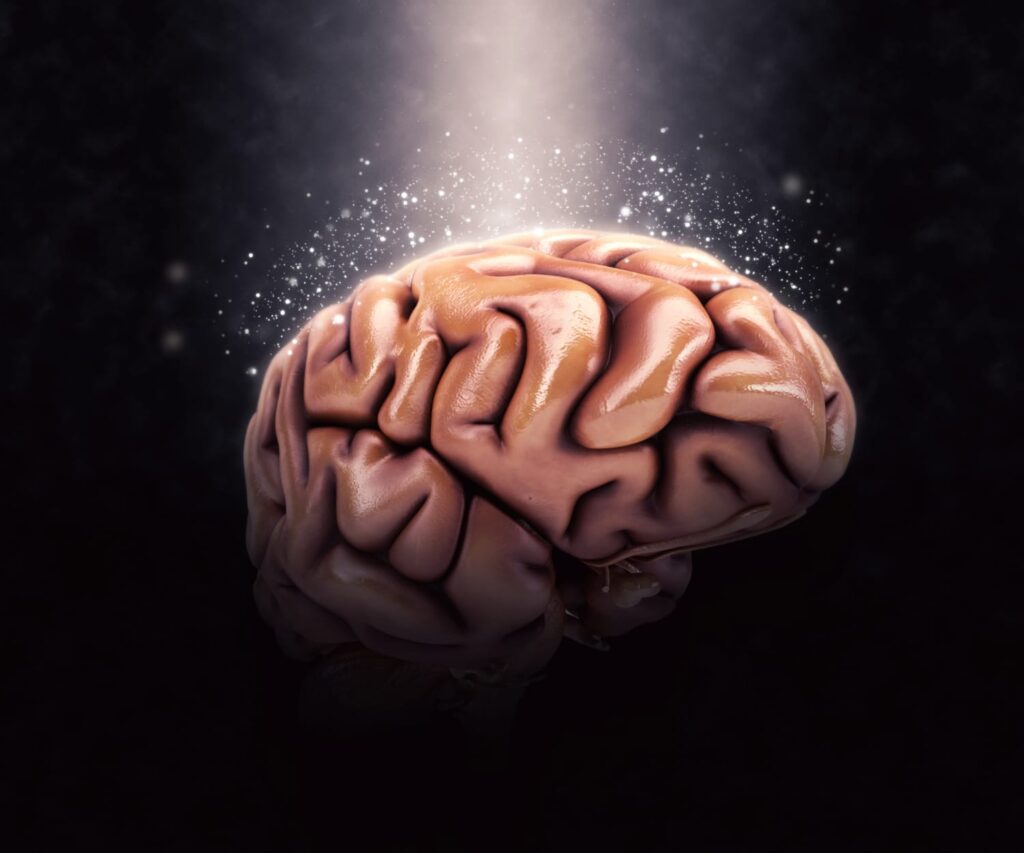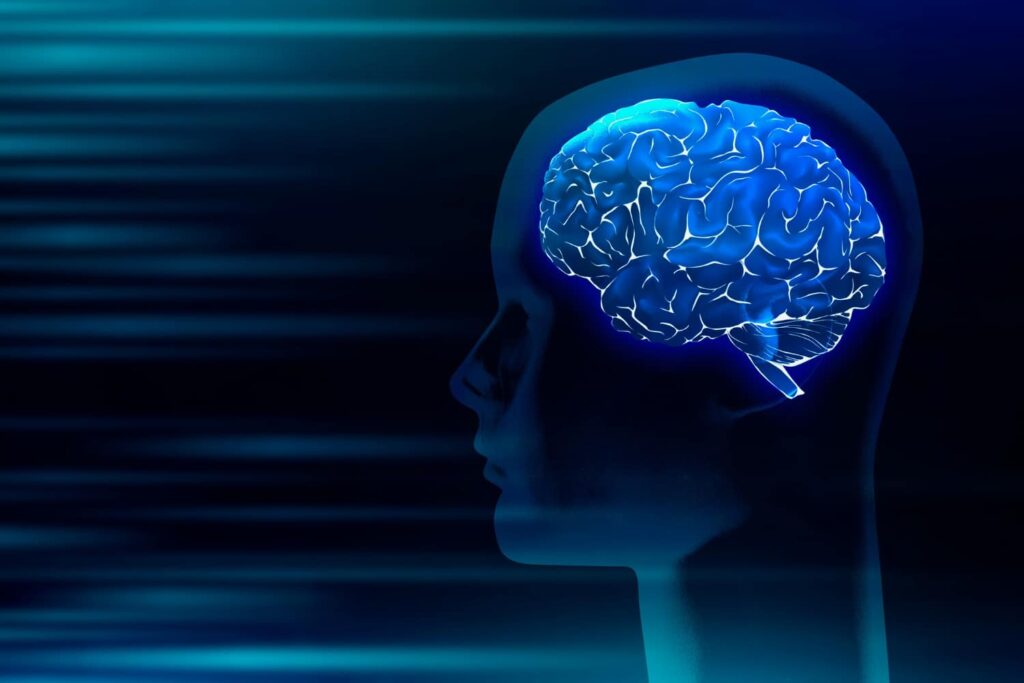4 min read
Every day, your brain makes countless decisions, from choosing what to wear to tackling complex life challenges. But have you ever wondered what part of the brain makes decisions and how this process unfolds? Decision-making is a critical function that defines human behavior, influenced by a network of brain regions working together.
Understanding what part of the brain controls decision-making is essential, not only for comprehending our actions but also for improving how we make choices in our daily lives. This article delves into the fascinating neuroscience of decision-making and explores how the brain’s intricate systems collaborate to shape our choices.
The Brain and Decision-Making
Key Parts of the Brain Involved in Decision-Making
Decision-making is a complex process involving multiple regions of the brain. The prefrontal cortex, known as the brain’s “control center,” is central to this function. It plays a crucial role in evaluating options, reasoning, and planning. Additionally, the limbic system, which includes the amygdala and hippocampus, processes emotions and memories that influence decisions.
Other areas, like the posterior parietal cortex, help integrate sensory information and guide decisions in spatial and navigational contexts. These regions work together to ensure we make informed and effective choices.
How These Regions Interact During the Process
The interaction between these brain regions forms the foundation of decision-making. For example:
- The prefrontal cortex weighs potential outcomes and consequences.
- The limbic system adds emotional weight, driving decisions based on past experiences or immediate feelings.
- The posterior parietal cortex provides contextual information to guide action.
What Part of the Brain Makes Decisions?
The Role of the Prefrontal Cortex in Decision Making
When exploring what part of the brain controls decision making, the prefrontal cortex takes center stage. This region, located at the front of the brain, governs higher-order cognitive processes, including planning, analyzing, and making choices. It is especially active during complex decisions that require careful thought and evaluation.
How Emotions Affect What Part of the Brain Makes Decisions
The limbic system, particularly the amygdala, influences decisions by adding an emotional component. For example:
- Positive emotions often encourage risk-taking.
- Negative emotions may lead to more cautious or avoidant behavior.
These emotional inputs can sometimes override rational thought, demonstrating the dynamic nature of how the brain makes decisions.

How Neural Circuits Shape Decision-Making
Neural Pathways and How They Influence What Part of the Brain Makes Decisions
Decision-making is not the responsibility of a single brain region; it relies on a network of neural pathways connecting multiple areas. The prefrontal cortex collaborates with the limbic system and the posterior parietal cortex, using these pathways to process information, evaluate risks, and decide on the best course of action.
Key neurotransmitters like dopamine play a vital role in this process. Dopamine reinforces rewarding experiences, guiding future decisions. For example, the anticipation of a reward activates the brain’s reward system, motivating us to make choices that align with expected outcomes.
The Role of Dopamine in Decision-Making
Dopamine acts as a messenger, helping different parts of the brain coordinate during decision-making. It influences:
- Motivation: Encouraging goal-directed behavior.
- Reward Processing: Highlighting desirable outcomes to prioritize.
- Habit Formation: Strengthening neural pathways based on repeated decisions.
This intricate system ensures that decisions are not only based on logic but also shaped by past experiences and future expectations.

Factors That Influence What Part of the Brain Makes Decisions
Emotional and External Factors Affecting Decision-Making
While the brain is the primary decision-making hub, its processes are influenced by various external and emotional factors. The amygdala, for example, reacts strongly to fear or excitement, which can lead to impulsive choices. Similarly, external factors like stress or social pressure can heighten emotional responses and sway decisions.
Social and Environmental Influences
Social norms and environmental cues also shape what part of the brain controls decision-making. For instance:
- Peer pressure: The brain’s reward system may prioritize acceptance over personal judgment.
- Cultural values: The prefrontal cortex adapts decisions based on learned societal rules.
Understanding these influences can help individuals recognize how external factors affect their decision-making processes, leading to more mindful and deliberate choices.
Clinical Relevance: Disorders Affecting What Part of the Brain Makes Decisions
Neurological Conditions Like Addiction and Their Impact on Decision-Making
Certain neurological disorders disrupt what part of the brain makes decisions. For example:
- Addiction: The brain’s reward system becomes overactivated, prioritizing short-term rewards over long-term goals.
- Impulsivity: Conditions like ADHD reduce prefrontal cortex activity, impairing self-control and rational decision-making.
Understanding the Risks to What Part of the Brain Controls Decision-Making
Damage or dysfunction in the prefrontal cortex or limbic system can lead to poor decision-making, as seen in individuals with traumatic brain injuries or degenerative diseases like Alzheimer’s. By studying these conditions, researchers can develop interventions to restore or enhance decision-making abilities.
Improving How the Brain Makes Decisions
Cognitive Strategies to Enhance Decision-Making in the Brain
Enhancing decision-making requires actively engaging the brain’s key regions, such as the prefrontal cortex and limbic system. Here are some strategies to boost cognitive function and improve decision-making:
- Mindfulness Practices: Techniques like meditation can regulate emotional responses, helping the brain process information more calmly and rationally.
- Physical Exercise: Activities like aerobic exercise increase blood flow to the brain, enhancing neural connectivity and improving focus and problem-solving abilities.
- Sleep Hygiene: Quality sleep supports memory consolidation and ensures that the brain is primed for complex decision-making tasks.
- Challenging Cognitive Tasks: Puzzles, strategy games, and new learning experiences stimulate neural pathways, keeping the brain flexible and responsive.
By incorporating these habits into daily routines, individuals can strengthen the brain’s capacity to make better decisions.
The process of decision-making is one of the most complex and fascinating functions of the human brain. Key regions like the prefrontal cortex and limbic system work together to evaluate options, process emotions, and guide choices. By understanding what part of the brain makes decisions, we gain insight into the intricate mechanisms that shape our behavior and cognitive processes.
This knowledge is not only valuable for satisfying curiosity but also for understanding how neurological conditions may affect decision-making abilities. Whether it’s the influence of dopamine or the impact of emotions, studying the brain reveals the extraordinary collaboration of its various parts.
For those seeking deeper insights into brain function or looking to address specific neurological concerns, professional expertise is essential. At Neurology Mobile, our commitment to brain health ensures our patients receive the best care tailored to their needs. Learn more about how we approach neurological health by visiting Neurology Mobile.
FAQs About What Part of the Brain Makes Decisions
1. What part of the brain makes decisions?
The prefrontal cortex is the primary region responsible for decision-making. It evaluates options, weighs consequences, and helps you make informed choices.
2. What part of the brain controls decision-making under stress?
During stress, the amygdala (part of the limbic system) often dominates, influencing emotional decisions and overriding the logical processing of the prefrontal cortex.
3. How does dopamine affect what part of the brain makes decisions?
Dopamine, a key neurotransmitter, impacts the brain’s reward system, particularly in the prefrontal cortex and limbic system, motivating decisions based on anticipated rewards.
4. Can damage to the brain affect what part of the brain makes decisions?
Yes, damage to the prefrontal cortex or other related regions, such as the limbic system, can impair decision-making abilities, leading to impulsivity or difficulty evaluating outcomes.
5. How can I improve what part of the brain makes decisions?
You can enhance decision-making by engaging in activities that strengthen the prefrontal cortex, such as mindfulness, physical exercise, and getting adequate sleep to support cognitive health.
